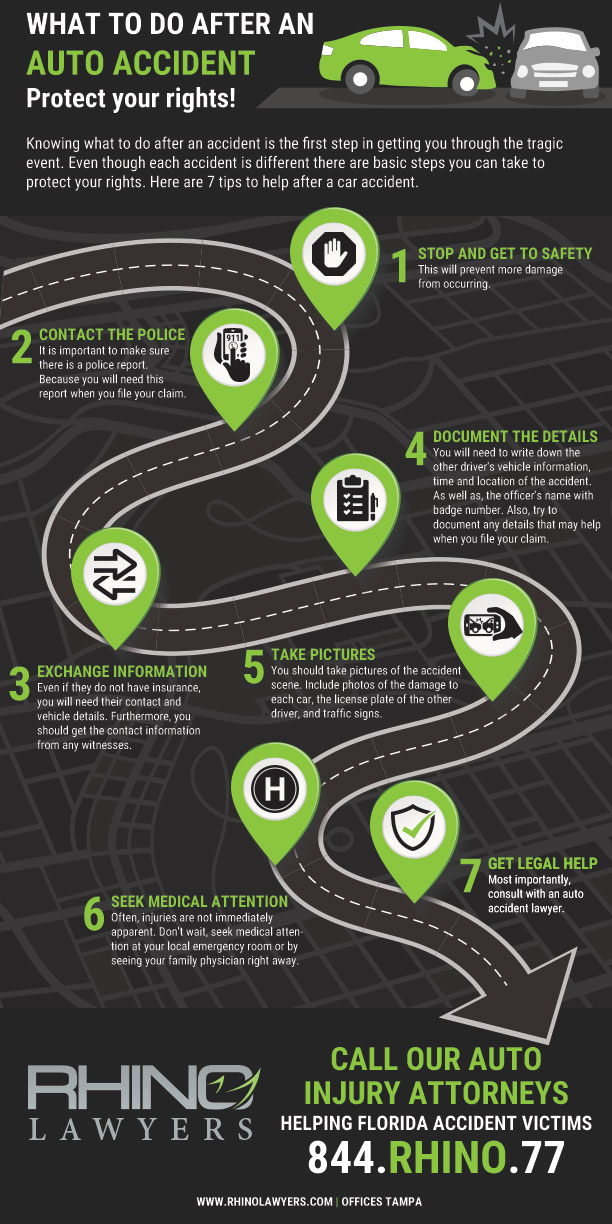There are over 6 million car accidents each year in the United States.
Unfortunately, many of these accidents involve auto negligence. It’s crucial to understand this concept so you can handle your car accident case appropriately.
We’ve put together a brief guide with key information you need to know. Let’s take a look.
Auto Negligence Defined
As the name implies, this type of negligence occurs when a driver fails to exercise reasonable care while operating a motor vehicle. This could include anything from failing to obey traffic rules and regulations, driving recklessly, or even texting while behind the wheel.
In order for a plaintiff to prove auto negligence in court, they must show that the defendant had a duty to act with reasonable care. They must also prove that the defendant failed to fulfill their duty. Finally, it must be proven that the other party was the direct cause of the harm suffered.
Types of Auto Negligence
There are several categories of auto negligence that could occur on the road. Understanding these will help you move forward.
Listed below are some of the most notable.
Driver Impairment
This occurs when a driver is impaired by alcohol, drugs, or fatigue, which affects their judgment and ability to make sound decisions behind the wheel. It also includes distractions such as texting and talking on the phone while driving.
When a court finds that the defendant was impaired at the time of the accident, they can be held liable and required to pay damages.
Reckless or Careless Driving
This occurs when a driver displays a blatant disregard for the safety of others on the road by speeding, making unsafe lane changes, or running red lights.
It could also include tailgating, failing to yield, or failing to obey traffic signs and signals. Keep in mind that these behaviors are considered criminal offenses, and a driver can be held responsible for any injury or property damage resulting from their actions.
Disobeying Traffic Laws
When a driver fails to obey the laws and regulations of their state or local municipality, they can be found guilty of auto negligence. Examples include disregarding speed limits and running stop signs or stop lights. Failing to yield the right-of-way also infringes upon traffic laws. Traffic laws include those that regulate the proper use of headlights, signaling devices, and other safety equipment
Damages in Auto Negligence Cases
There are various types of damages that a plaintiff in an auto negligence case can pursue.
These typically include compensation for medical expenses, pain and suffering, lost wages, property damage, and emotional distress. Depending on the laws in your state and the circumstances surrounding the accident, you may be able to seek punitive damages as well.
For example, if the at-fault driver was under the influence of drugs or alcohol, you may be able to seek punitive damages in addition to any other compensatory damages.
Statute of Limitations
The statute of limitations for filing a personal injury claim based on auto negligence is four years from the date of the accident. Be sure to check with your local laws and consult an attorney if you’re unsure about your state’s statute of limitations.
If you have been injured in an auto accident caused by someone else’s negligence, contact a personal injury attorney as soon as possible to discuss your options and determine the best course of action for your case.
With the right legal representation, you can ensure that you receive fair compensation for all of your losses. This is the only reliable way to handle Florida car accidents.
Comparative Negligence
This concept states that a plaintiff’s negligence can be used to reduce the amount of damages they are entitled to.
In Florida, you can still recover damages if you are found to be partially at fault for an accident. This is called comparative negligence. Here, the court will assign percentages of fault to both parties and reduce the plaintiff’s award accordingly.
Keep this in mind when moving forward. It could substantially impact the compensation you receive.
Importance of Legal Representation
Hiring a car accident lawyer should be your first step after an auto accident. Your lawyer can help you understand your rights and responsibilities in a car accident case.
They will also be able to explain the legal process and help you evaluate your options based on the facts of your case. They can build a strong case for you by researching relevant laws, interviewing witnesses, and gathering evidence from the accident scene. Your lawyer will also be able to negotiate with insurance companies and other parties on your behalf.
With the right legal representation, you can make sure that you get the compensation you deserve for your damages.
To find the best lawyer for your case, make sure to research local attorneys, read reviews, and talk to previous clients. This will provide insight into their level of experience and the quality of service they provide. It’s also important to work with an attorney you feel comfortable communicating with.
Understand Auto Negligence
Moving forward, be sure to understand the nuances of auto negligence. Victims of car accidents can make informed decisions about pursuing legal action and protecting their rights. Keep the above information in mind so you can take the best course of action.
Looking for more information about what we can do? Get in touch with us today to see how we can help.
CONTACT A TAMPA AUTO ACCIDENT ATTORNEY
In short, after a car accident, you may not know your rights. Above all, don’t struggle through the process alone. Actually, our personal injury team is here to help you with any legal needs you might have regarding your accident.
Lastly, let RHINO Lawyers answer your questions and review the facts of your case with a Free Consultation. So, get started by completing the “Free Instant Case Evaluation” or by calling us any time, day or night, at 844.RHINO.77.










